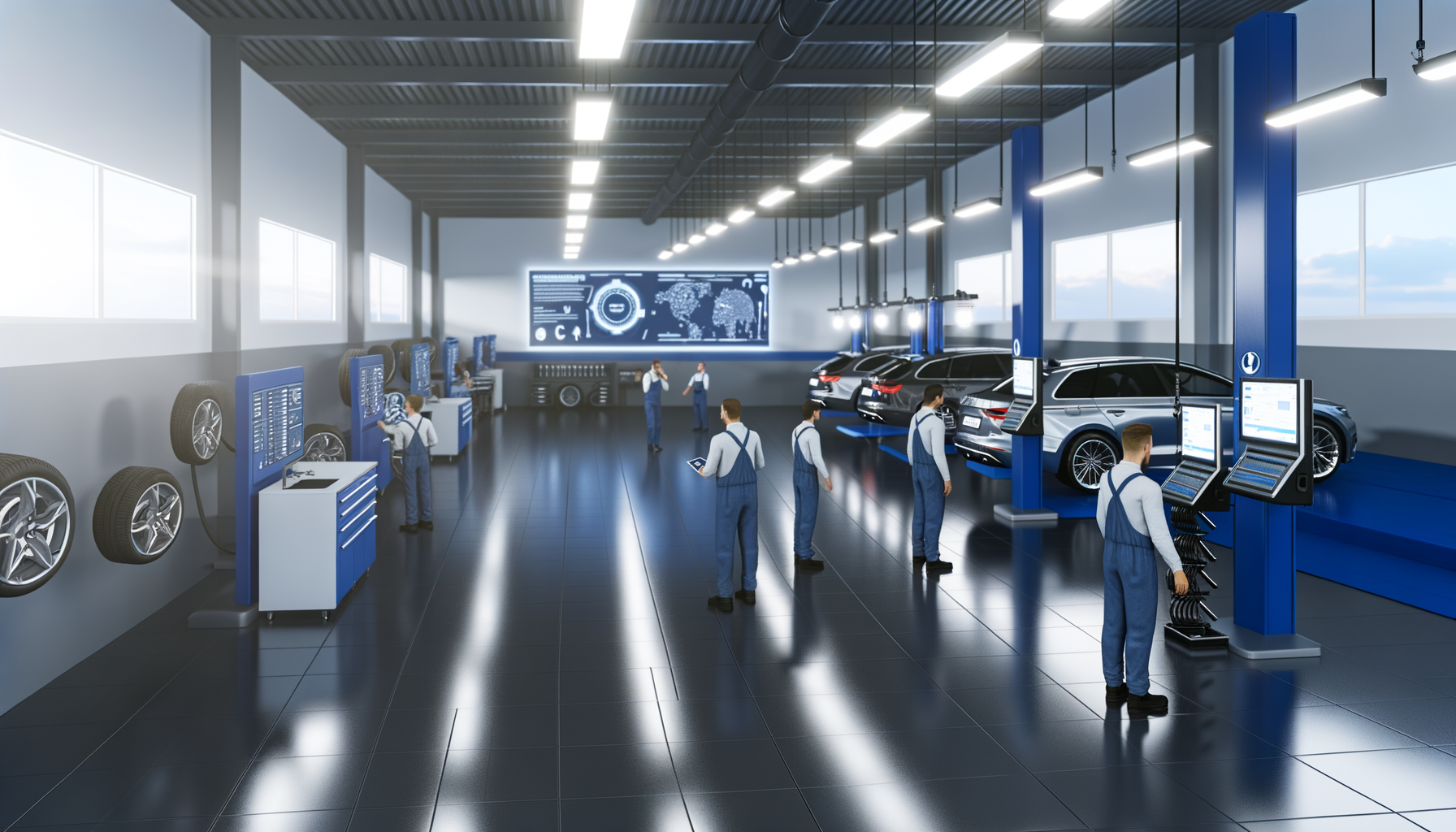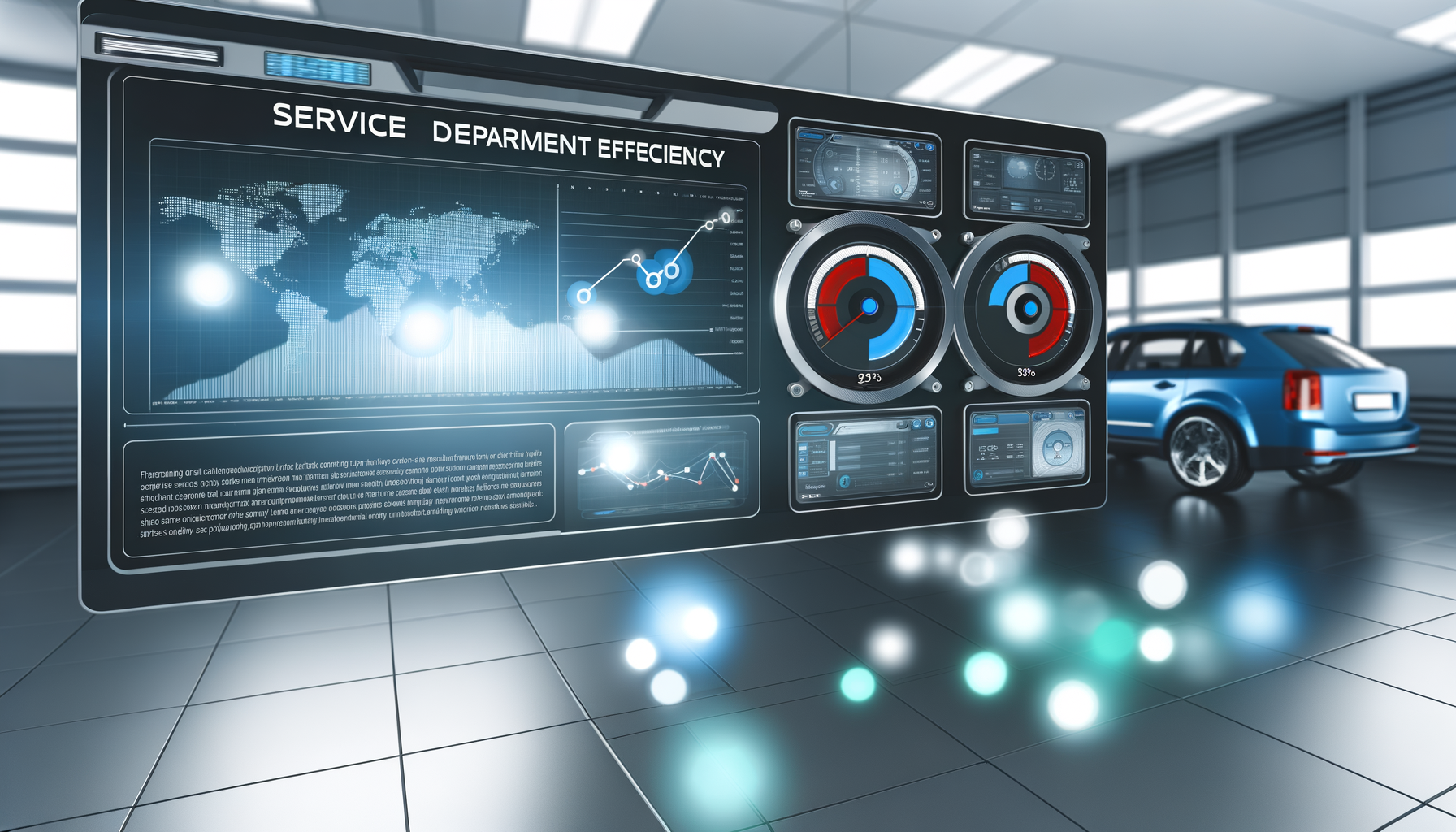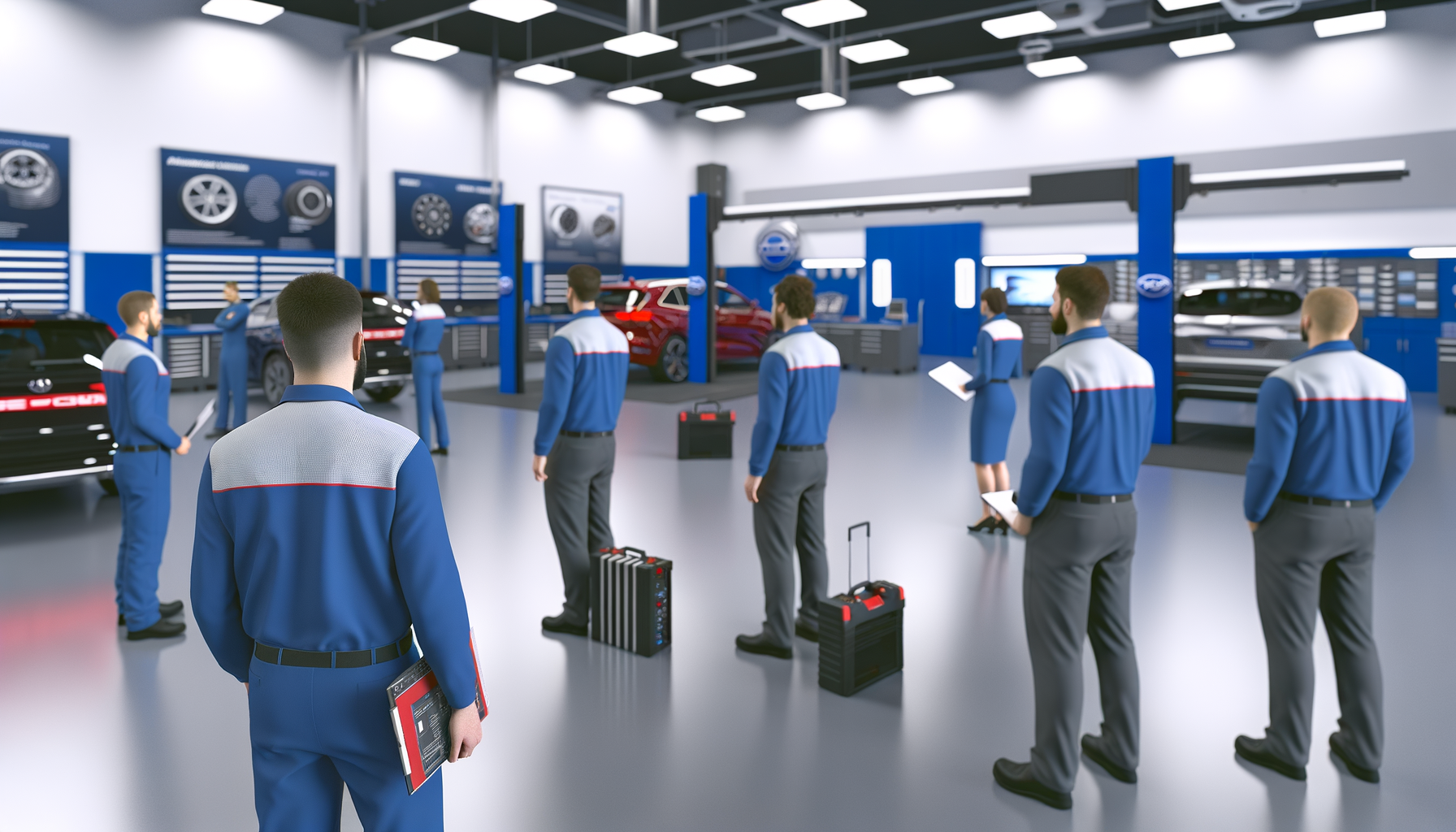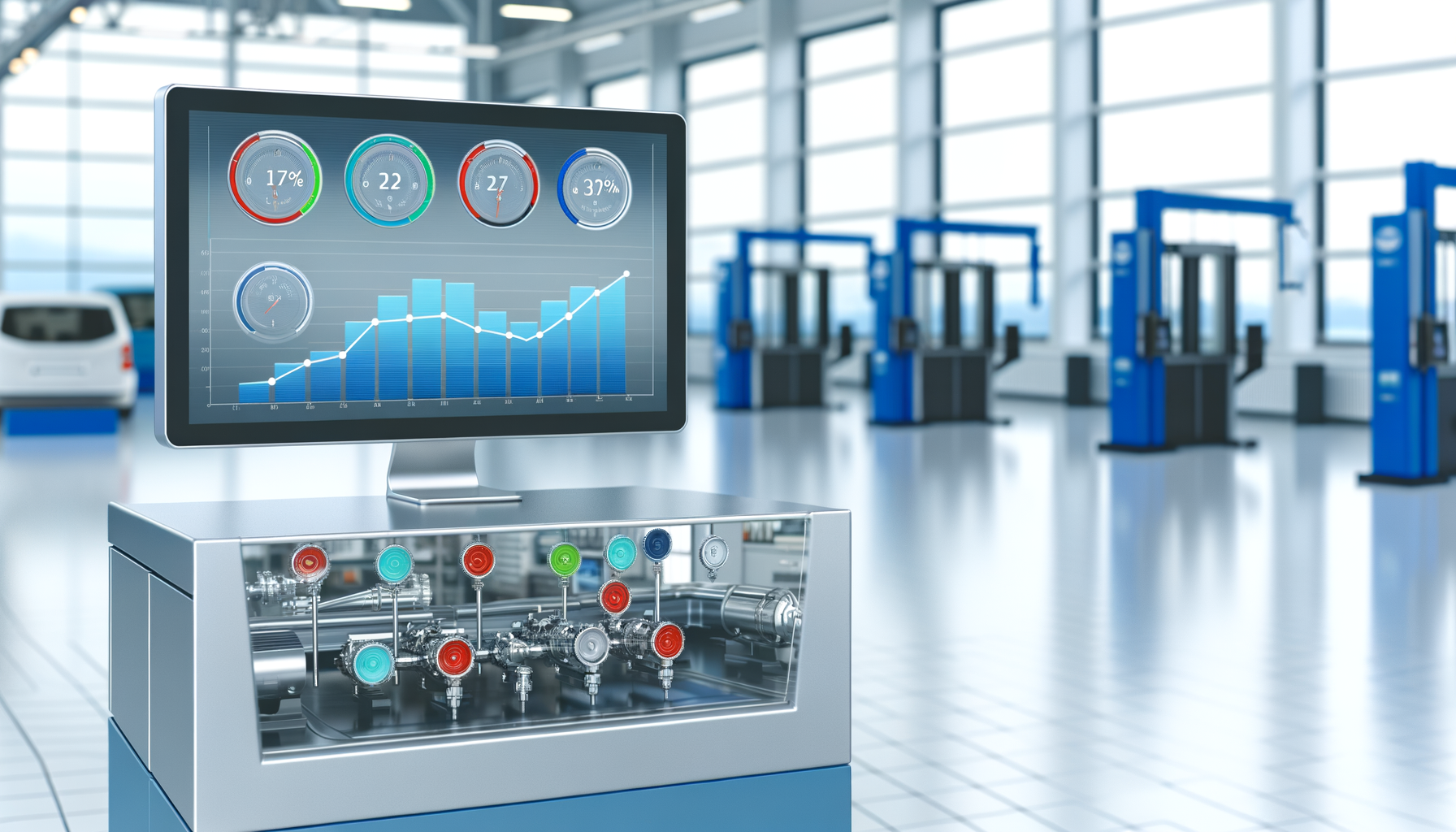Wrenching Time: Turbocharging Productivity in Tomorrow's Service Bays

The Necessity of Efficiency in Service Departments

Efficiency in service departments is not just about speeding up processes; it's about enhancing the entire customer experience while maximizing profitability. With automotive service departments seeing a 15% increase in EV-related repairs, the need for streamlined operations is more critical than ever.
To address these industry shifts, dealerships must focus on eliminating bottlenecks and adopting lean methodologies. This includes re-evaluating traditional workflows and embracing new technologies that align with OEM requirements.
Implementing a Kaizen approach can incrementally improve efficiency. Begin by mapping current processes and identifying areas for improvement, such as redundant paperwork or outdated scheduling systems.
Leveraging Technology for Workflow Optimization

As technology reshapes the automotive landscape, digital tools have become indispensable for optimizing service department workflows. A study shows that 68% of customers prefer digital service scheduling, underscoring the shift towards automation.
Service departments should invest in comprehensive dealership management systems (DMS) that integrate scheduling, parts ordering, and customer communications. These systems reduce manual errors and improve throughput.
Consider deploying predictive maintenance technologies that use IoT sensors to anticipate service needs. This proactive approach not only enhances efficiency but also increases customer satisfaction by minimizing unexpected breakdowns.
Data-Driven Decision Making: Analytics in Action

Harnessing analytics is pivotal for achieving peak service department efficiency. By analyzing key performance indicators (KPIs), service managers can make informed decisions that drive improvements.
Utilize efficiency analytics to track metrics such as average repair time, technician productivity, and customer wait times. These insights allow for targeted adjustments that enhance overall performance.
Implementing a dashboard that visualizes these metrics in real-time can be a game-changer. This transparency empowers service managers to quickly respond to inefficiencies and optimize resource allocation.
Training and Retention: Building a Skilled Workforce

The success of any service department hinges on its team. With increasing technology demands and a high turnover rate, investing in training and retention is non-negotiable.
Develop a comprehensive training program that keeps technicians updated on the latest automotive technologies and OEM requirements. Partner with technical institutes to create a pipeline of skilled labor.
To improve retention, foster a positive workplace culture by recognizing achievements, offering competitive compensation, and providing career advancement opportunities.
Customer-Centric Strategies for Reduced Wait Times

In an era where customer satisfaction is paramount, reducing wait times is essential. Customers value efficiency and are more likely to return if their service experience is seamless.
Implement an efficient appointment scheduling system that allows customers to choose times that suit them best and reduces downtime between appointments.
Additionally, offer amenities such as free Wi-Fi, comfortable waiting areas, and clear communication about service progress to enhance the customer experience.
ROI Calculations and Benchmarking Success

Understanding the return on investment (ROI) of efficiency initiatives is crucial for justifying expenditures and guiding future strategies. ROI calculations should include both tangible savings and intangible benefits, such as improved customer satisfaction.
Establish benchmarks by comparing your department's performance with industry standards. This context helps in setting realistic goals and measuring progress.
Regularly review these benchmarks and adjust strategies to ensure continuous improvement and alignment with dealership objectives.
Related Topics
Ready to take your service department to the next level?
Schedule your demo today and experience the power of Auto Pro Solutions.
Schedule Demo